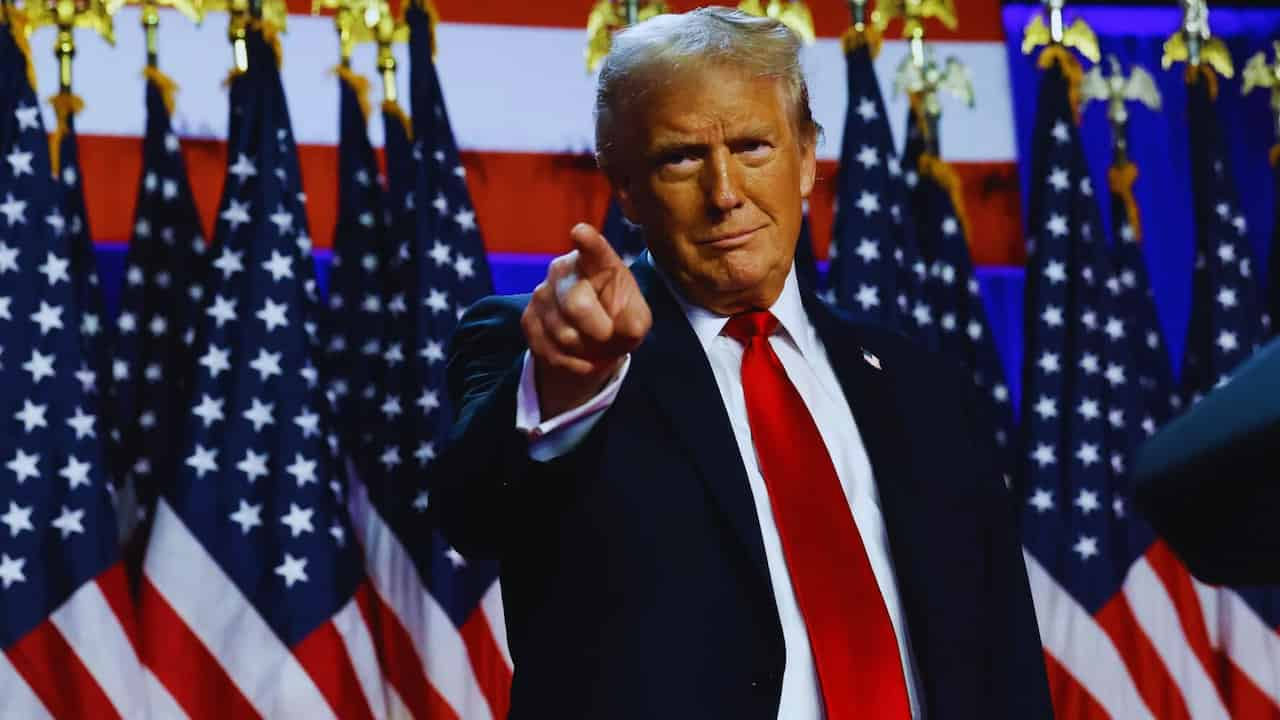Breaking: How Trump Could Reshape Global Trade Through Executive Powers
In a development that’s sending ripples through global markets, President-elect Donald Trump has announced plans to implement sweeping tariffs without congressional approval, leveraging presidential powers that could dramatically reshape America’s trade landscape.
Trump’s bold declaration to impose tariffs of up to 60% on Chinese imports and 10–20% on all foreign goods has sparked intense debate about presidential authority in trade policy. While Congress traditionally holds the constitutional power to set tariffs, modern presidents have significant latitude through several key legislative provisions.
“These aren’t just campaign promises anymore,” says Dr. Kimberly Clausing, professor of tax law and policy at UCLA School of Law and former lead economist in Biden’s Treasury Department. “We’re looking at three major pathways that could turn these proposals into reality.”
Trump has a variety of legal tools at his disposal.
- Section 232 of the Trade Expansion Act (1962): Allows presidents to adjust imports deemed threats to national security.
- Section 301 of the Trade Act (1974): Permits presidential action against unfair foreign trade practices
- The International Emergency Economic Powers Act (IEEPA): Grants emergency powers to regulate international commerce
Trump’s previous presidency offers a revealing preview of how he might proceed. From 2017 to 2021, U.S. import duties doubled from $37 billion to $74 billion, demonstrating his willingness to use executive authority aggressively.
“Speed could be a crucial factor here,” notes Jake Colvin, president of the National Foreign Trade Council. “Based on past behavior, we could see the first wave of tariffs within months of inauguration.”
The economic stakes are massive. According to the National Retail Federation, the proposed tariffs could cost American consumers between $46 billion and $78 billion annually in reduced purchasing power. The following items are expected to see price increases:
- Household appliances
- Furniture
- Clothing and footwear
- Electronics
- Toys and recreational goods
Some businesses aren’t waiting to see how this plays out. Steve Madden, the prominent footwear manufacturer, has already announced plans to shift production away from China, signaling a potential broader corporate exodus.
For the average American household, the impact could be substantial. A 20% general tariff and 60% Chinese tariffs, according to the Peterson Institute for International Economics, would cost typical families over $2,600 annually.
“The president has quite a bit of discretion,” explains Inu Manak, trade policy fellow at the Council on Foreign Relations. “What’s unique about this situation is the potential scope and scale of the proposed measures.”
Congressional Republicans, now in the majority, face a crucial decision about whether to challenge these executive actions. While some lawmakers express concerns about executive overreach, others appear reluctant to oppose a cornerstone of Trump’s economic agenda.
The global implications could be equally significant. Major trading partners are already preparing response strategies, raising the specter of retaliatory tariffs that could escalate into broader trade conflicts.
As markets digest these developments, one thing becomes clear: America’s trade policy stands at a crossroads, with presidential authority poised to reshape global commerce in ways that could reverberate for years to come.
For businesses and consumers alike, the message is clear: prepare for significant changes in the cost and availability of imported goods. The only question that remains is not whether these changes will occur, but rather when and to what extent.
